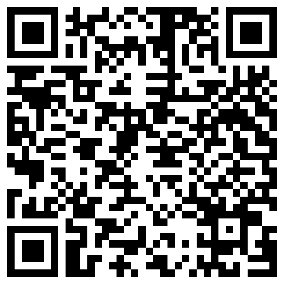Atomized Content
Purpose
The Stoke Mandeville Spinal Needs Assessment Checklist (SMS-NAC) is a rehabilitation outcome measure that assesses patient attainment of changes in rehabilitation outcomes through self-rating of perceived physical and/or verbal independence (also known as verbally instruction). This measure is used specifically for patients with a spinal cord injury or disorder (SCI/D). The SMS-NAC is completed with the patient by a member of the multidisciplinary team following mobilization/admission and prior to discharge. The SMS-NAC can be used to identify the patient’s current level of physical/verbal independence, as well as identifying specific targets for rehabilitation goals. For further information on the theoretical background of the SMS-NAC and associated goal planning program, please contact bht.nsicpsychology@nhs.net.
|
Link to Instrument
Area of Assessment
Activities & ParticipationGeneral Health & Development
Bodily Functions
Mental Functions
Movement
Assessment Type
Patient Reported OutcomesAdministration Mode
Paper & PencilCost
FreeCost Description
The SMS-NAC is free to use. Please contact bht.nsicpsychology@nhs.net for agreement to obtain permission to use.CDE Status
Not a CDE—last searched June 2025.
Diagnosis/Conditions
- Spinal Cord Injury


